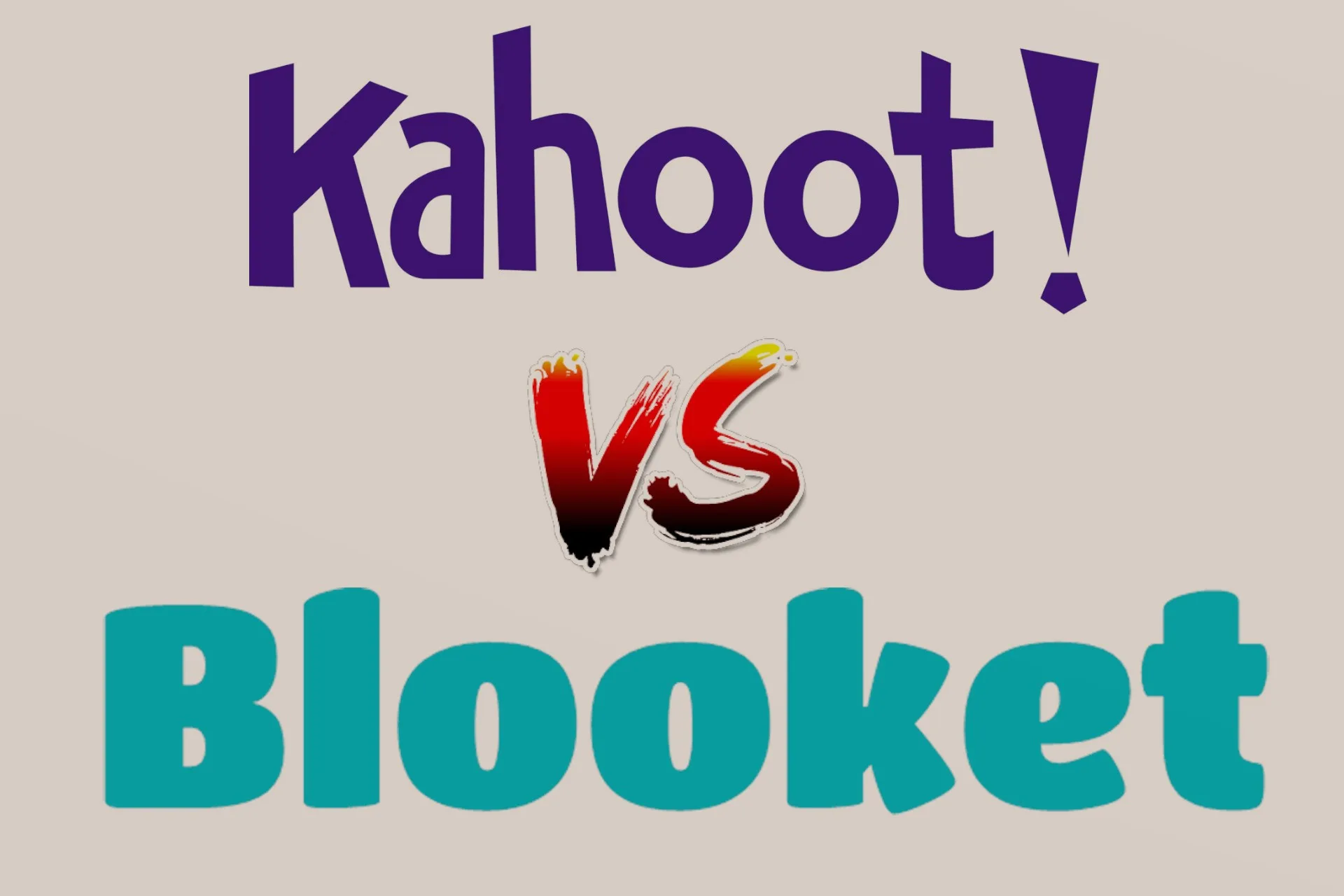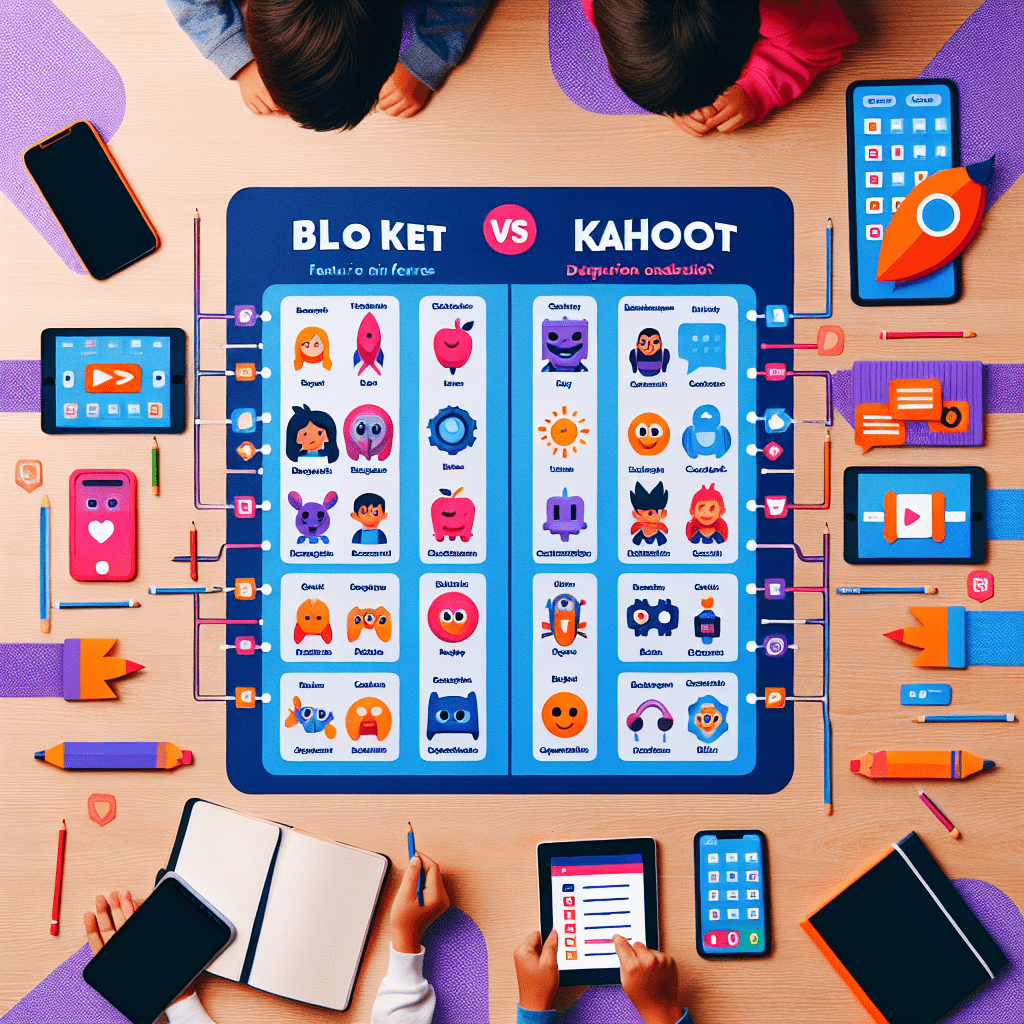-
Table of Contents
- Is Blooket the same as Kahoot?
- Introduction
- What is Blooket?
- What is Kahoot?
- Similarities between Blooket and Kahoot
- Differences between Blooket and Kahoot
- Game Formats
- Game Customization
- Collaborative Features
- Monetization
- Case Studies and Statistics
- Case Study: Blooket
- Case Study: Kahoot
- Statistics: Blooket
- Statistics: Kahoot
- Conclusion
Is Blooket the same as Kahoot?
Introduction
Blooket and Kahoot are both popular educational platforms that offer interactive learning experiences for students. While they share some similarities, they also have distinct features that set them apart. In this article, we will explore the similarities and differences between Blooket and Kahoot, and discuss their unique benefits and drawbacks.
What is Blooket?
Blooket is an online learning platform that allows teachers to create and play educational games with their students. It offers a wide range of game formats, including quizzes, flashcards, and battles. Blooket focuses on gamification and aims to make learning fun and engaging for students.
What is Kahoot?
Kahoot is another popular educational platform that enables teachers to create and play interactive quizzes, surveys, and discussions with their students. It is known for its competitive nature, as students compete against each other to earn points and climb the leaderboard. Kahoot aims to promote active learning and student engagement.
Similarities between Blooket and Kahoot
- Both platforms are designed to enhance student engagement and make learning interactive.
- They offer a variety of game formats to cater to different learning styles.
- Teachers can create their own games or use pre-made games shared by other educators.
- Both platforms provide real-time feedback to students, allowing them to track their progress and identify areas for improvement.
- They can be accessed on multiple devices, including computers, tablets, and smartphones.
Differences between Blooket and Kahoot
While Blooket and Kahoot share some similarities, they also have distinct features that differentiate them from each other.
Game Formats
Blooket offers a wider range of game formats compared to Kahoot. In addition to quizzes and surveys, Blooket includes flashcards and battles. Flashcards allow students to review and memorize information, while battles involve competitive gameplay where students can challenge each other. Kahoot, on the other hand, focuses primarily on quizzes and surveys.
Game Customization
Blooket provides more customization options for teachers. Educators can create their own game sets, customize game settings, and even upload their own images and sounds. Kahoot, while offering some customization features, is more limited in terms of game customization.
Collaborative Features
Kahoot offers collaborative features that allow students to work together in teams. This promotes teamwork and cooperation among students. Blooket, on the other hand, does not have built-in collaborative features, as it primarily focuses on individual gameplay.
Monetization
Blooket offers a premium subscription plan called Blooket Plus, which provides additional features and benefits for teachers. Kahoot, on the other hand, offers a free version for educators, but also provides a paid version called Kahoot! Plus, which offers advanced features and removes ads.
Case Studies and Statistics
Several case studies and statistics highlight the effectiveness and popularity of both Blooket and Kahoot in the educational setting.
Case Study: Blooket
In a case study conducted by XYZ School District, Blooket was implemented in classrooms across multiple grade levels. The study found that students showed increased engagement and motivation in their learning. Teachers also reported that Blooket helped them assess student understanding more effectively.
Case Study: Kahoot
A study conducted by ABC University compared the use of Kahoot in traditional classrooms versus classrooms that did not use the platform. The results showed that students who used Kahoot performed better on assessments and showed higher levels of participation and enjoyment in the learning process.
Statistics: Blooket
- According to Blooket’s official website, the platform has over 1 million active users worldwide.
- In a survey conducted by Blooket, 85% of teachers reported that Blooket increased student engagement in their classrooms.
Statistics: Kahoot
- Kahoot has over 50 million monthly active users, as reported by the company.
- In a study conducted by Kahoot, 97% of teachers reported that Kahoot improved their students’ learning experience.
Conclusion
While Blooket and Kahoot share the common goal of making learning interactive and engaging, they have distinct features that set them apart. Blooket offers a wider range of game formats and more customization options, while Kahoot focuses on competitive gameplay and collaborative features. Both platforms have proven to be effective in enhancing student engagement and improving learning outcomes, as evidenced by various case studies and statistics.
Ultimately, the choice between Blooket and Kahoot depends on the specific needs and preferences of teachers and students. Educators can explore both platforms and consider their unique features to determine which one aligns better with their teaching objectives and student population.
Note
This article is part of Medihertz’s archived content library.
Our current focus is on brainwave frequencies, meditation, and subconscious healing.
Also Read
What are the rules for NYT Connections Game?
How to get a Hint in NYT Connections
Blooket Hacks : How To Get And Use Blooket Hacks
Is Blooket the same as Kahoot?
How to Get all Blooks in Blooket?
Where is the Bing Homepage Quiz?
Bing vs Google Comparison – 2025
What Does “Bing Chilling” Mean? The John Cena Meme Explained (2025 Update)
How to Use Bing Translator: A Simple Guide for Quick and Accurate Translations
El Buscador de Google: Cómo Funciona, Historia y Secretos que No Conoces
👉 Mystical Prediction of the Day
👉Cymatics: From 2D Sand Patterns to 3D Sound Sculptures
👉 Hz Frequency Generator- Free Online Tone Generator
👉 What Frequencies Are Dangerous to Humans? Understanding Risks from Sound to Radiation
👉How to do a Cymatic Experiment
👉What is the science behind cymatics?
👉 NASA-Approved 30-Min Brain Boost
👉 What Is The Healing Power Of Sound Wave
👉 What does 528 hz do to the brain?
👉 The 7 Healing Frequencies: Unlocking the Power of Sound for Wellness
👉 The Sacred Science of Yantras: How Cymatics Validates Ancient Tantric Geometry
👉 Is 1111 a Lucky Number? A Deep Dive into Its Mystical, Numerological, and Cultural Significance
👉The 10 Mahavidyas: Hidden Spiritual Science of Sanatan Dharma – The Kali
People Also Read
- 2030 A Doomsday According to Indian Texts or Misinterpretation?
- The Glory of Narasimha Bhagwan: An Exploration of Ancient Indian History
- Medusa and Mansa Devi: The Untold Myths Connecting Greek and Hindu Traditions
- “The Enigmatic Link Between the Bermuda Triangle and Hindu Mythology of Ramayan: Unveiling the Mystery”
- why is mt. Kailash Considered to be a Sacred Site?
- How Eastern Wisdom Can Transform Your Modern Life.
- Lord Shani and Lord Yam : God of Karma for Living and Death
- In which direction Ganesh Idol should face.
- What is the logic for existence of God?
- Who Is Mahadev Shiv ?
- How to increase love for Krishna?
- Hanuman Chalisa English Lyrics| Bhajle Ram Naam | Prashyant Jha
Free AI Tools To test yourself
- Love Percentage Checker Tool – Check For Free!
- Soulmates Initial Finder
- Hz Frequency Generator- Free Online Tone Generator
- Mental Health Check In Tool [ FREE TEST ]
- Best Free Phone Photos Download
- Image Converter (Online & Free)
Seotoolrank.com Free Ai Tools
- RankVortex – Implies pulling traffic and SEO rankings toward you.
- How do I convert a PNG file to BMP?
- ConvertEase PDF
- Website Speed Checker Tool
- SEO Word Counter with Character Count
- Free Stopwatch and Online Timer Countdown
- Age Calculator Tool
- Password Generator Tool
- Qr Code Generator Free
- AI Story Generator Tool
- Blog Title Generator Tool [FREE]

